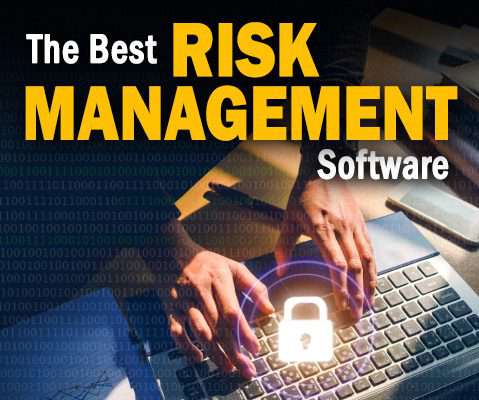Cyberrisk Management Tips for Businesses Amid the Russia-Ukraine War
Risk Management Monitor
MARCH 4, 2022
Cyberrisk has also drawn considerable concern and the threat landscape continues to evolve rapidly, though the details of increased cyberattack activity are not yet fully known and may be largely unfolding below the surface right now. Evaluate and if possible, test your business continuity plans. Check it out here: [link].























Let's personalize your content